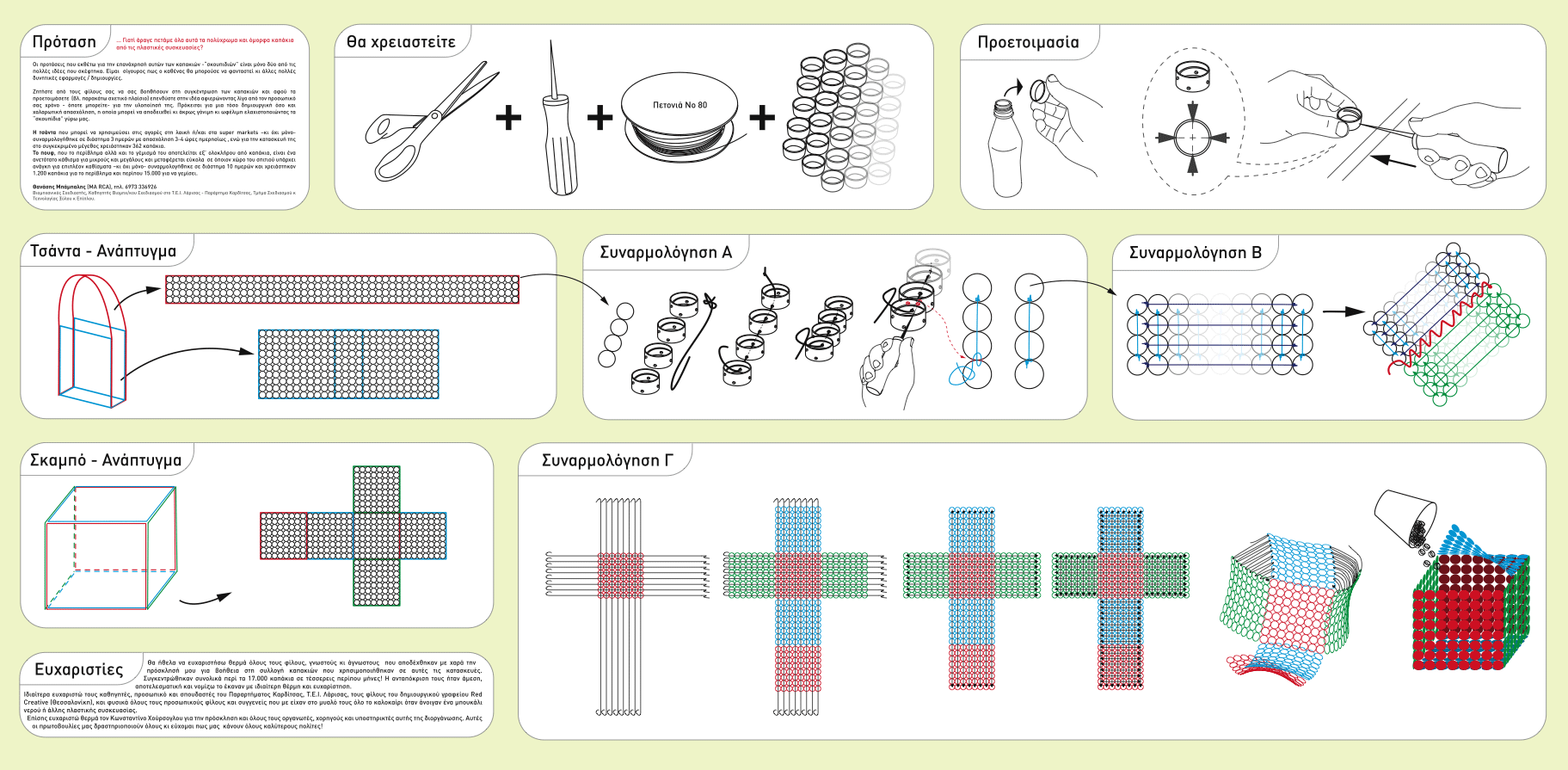Pouf and bag from recycled bottle caps
Designer Athanassios Babalis created a shopping bag and stool from recycled bottle caps for the Green Design Festival 2008 in Athens. Babalis collected the caps from his workmates and an extended network of friends using 370 to make the bag and 1250 for the stool.
The simple technique he developed can be applied to many other objects. Although the instructions are in Greek, the graphic indications are very clear. It is a fantastic idea to create inventions or decorations with these common objects. For example, to make a stool we only need scissors, a fine awl, pita thread or thin string, a needle, something to fill the interior of the stool… and a little time and patience. So take heart! It is time to collect plastic bottle caps to make our own recycled bag and/or stool.
Industrial designer Athanasios Babalis tells us about the charm of packaging and the logic of reuse
The charm of packaging
In consumer products, packaging is an important part of the product, say people who design products for multinational companies. The packaging differentiates and highlights the product and the company that produces it and creates the “appetite” for consumption. The packaging is the product!
The problem
The product is consumed and the packaging is discarded.
We all know about the effects of our “garbage”, where it ends up and how difficult it is to recycle, but also how harmful it is to our planet.
The problem is big. The solution is difficult. The contents of each package must be properly protected and inspire consumer confidence. The packaging materials can not always be decomposed according to the rhythms and rules of nature, because then they may not properly protect the contents, thus risking the deterioration of the contents before it is even used.
Another approach
This problem may have another solution. This solution may be temporary – until a definitive one is found by scientists – but it can also be permanent.
The proposal-solution is the design of the package in order to reuse it in another way after the end of the initial use. That is, to design the packaging in such a way as to give it a second life, with a different purpose this time. When designing a package with the reuse function in mind, we may not have ended up with such an excessive amount of rubbish. This is a huge step in the thinking of designers and production companies.
Example:
Imagine designing water bottles in such a way that they become toys for children after their first use.
Let’s say that the bottles had shapes (both colors and graphics) that can be combined and connected (like Lego toys) in different ways to create large constructions – colorful toys, which would be composed and reconstructed by the children themselves. .
They could have numbers, letters, different colors, and anything else that can help a child to “play” with them and be categorized for different ages to which he would address.
Imagine only the beaches of our country if the above scenario was valid:
instead of rubbish bins and / or recycling only, there would be “toy” bins (with indirect sterilization at sea) and all the children would have ready-made toys upon arrival.
With these in mind I have been trying, for a few years now, to think of ways the packaging could be reused and I have done some experiments in this direction. Some of them are very easy to implement – they require very small changes in production molds, while others, like the one I described above, require slightly larger (but not prohibitive) investments by manufacturing companies.
I believe that the philosophy of packaging packaging for reuse is a sustainable outlet for many everyday products and a hope for the planet.
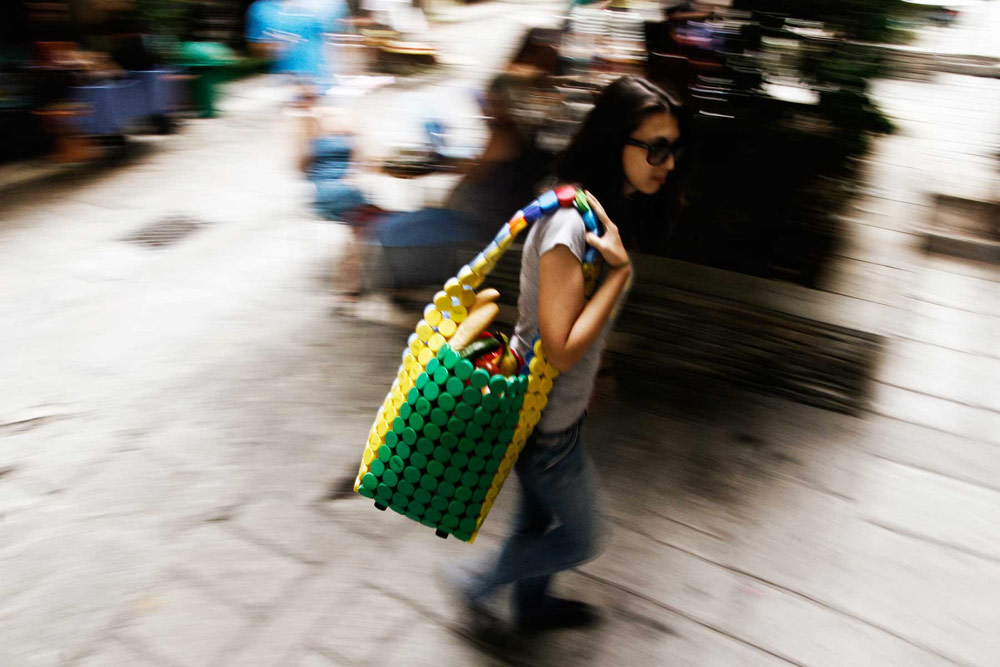
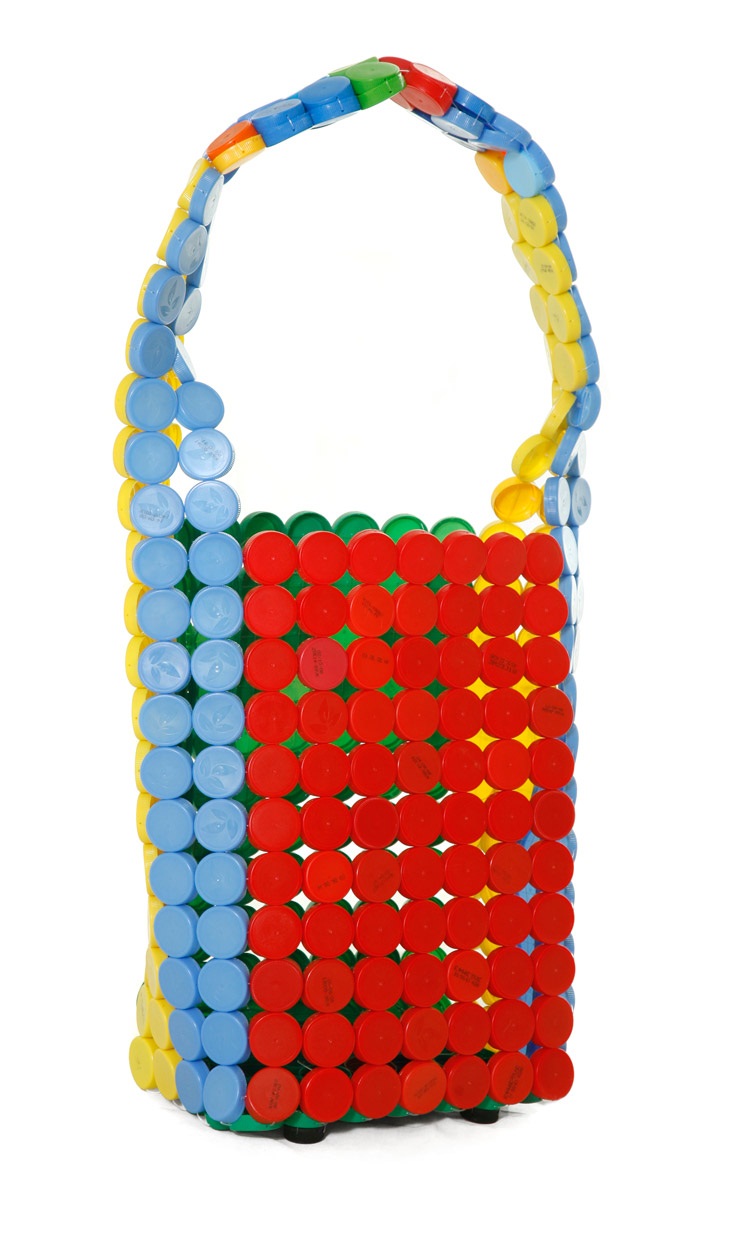 BAG FOR THE EXHIBITION GREEN DESIGN FESTIVAL ATHENS 2008
BAG FOR THE EXHIBITION GREEN DESIGN FESTIVAL ATHENS 2008

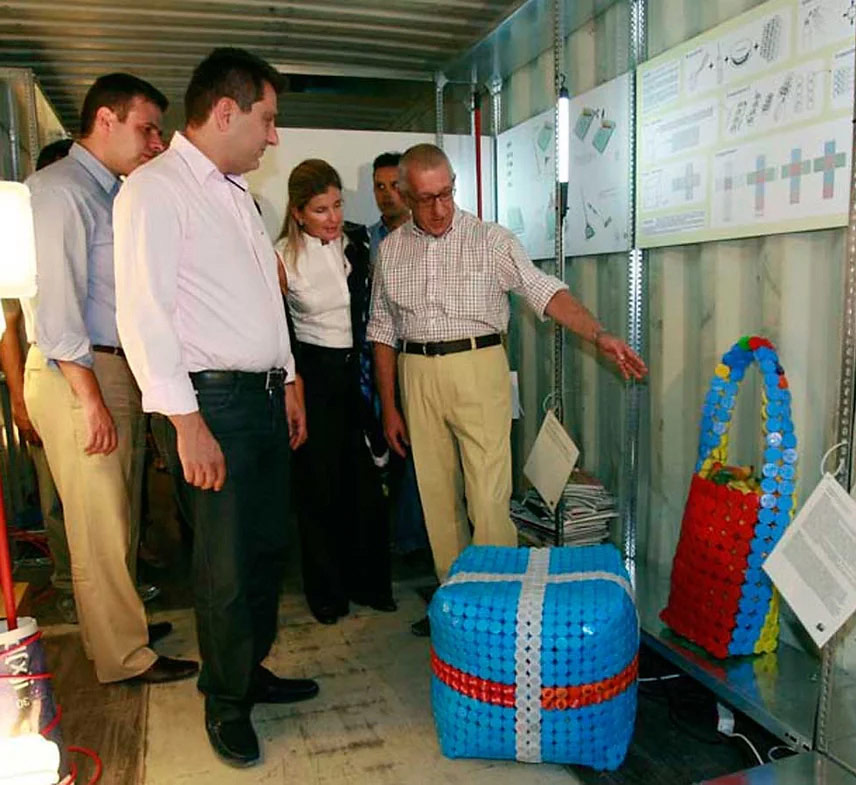
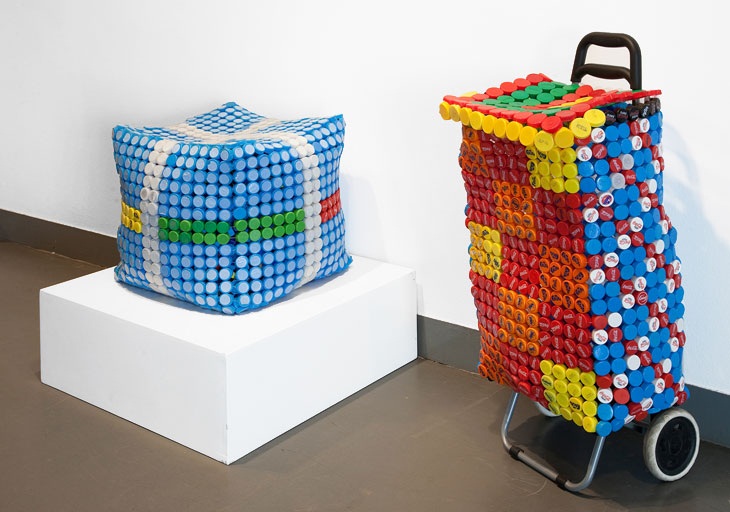
STOOL AND TROLLEY / POPULAR BAG FOR THE EXHIBITION “NOTHING IS LOST” – THESSALONIKI CONTEMPORARY ART CENTER 2010
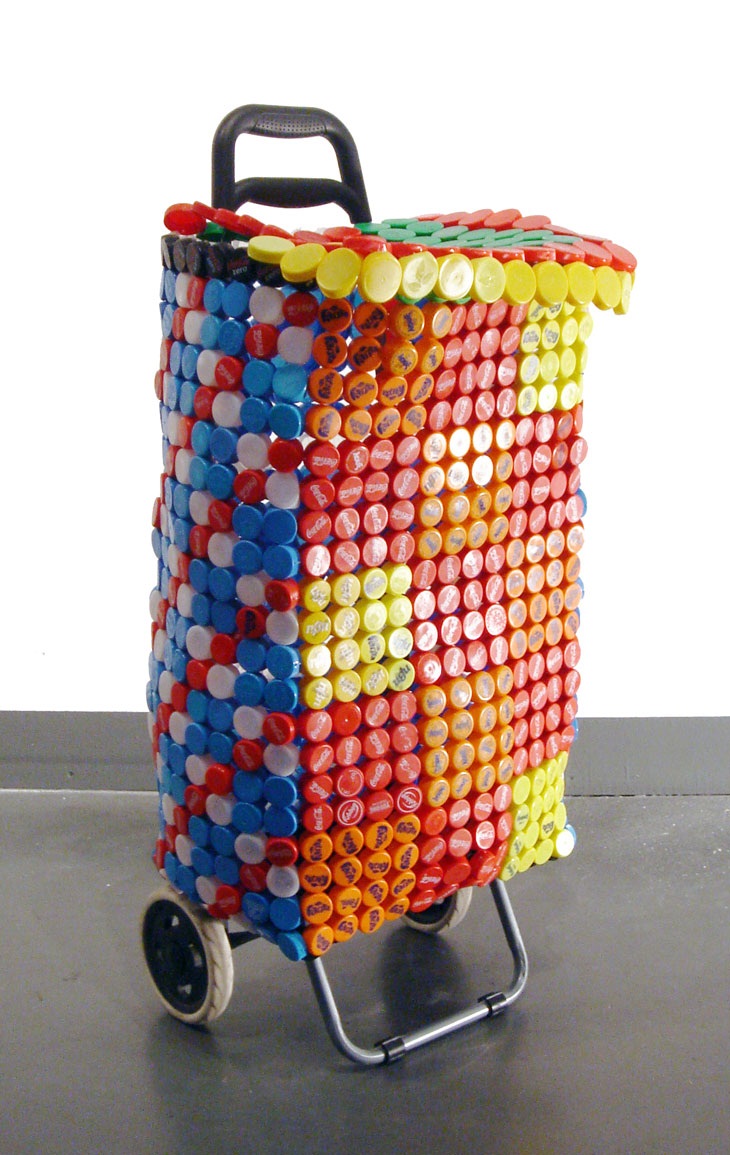
TROLLEY / POPULAR MARKET BAG FOR THE EXHIBITION “NOTHING IS LOST” – CENTER OF CONTEMPORARY ART THESSALONIKI 2010
Athanasios Babalis, Greece
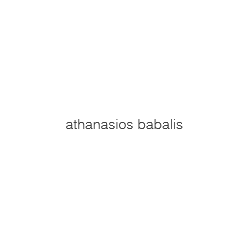
PROFILE
Athanasios Babalis is an industrial/product designer based in Thessaloniki Greece. His work ranges from electrical appliances and professional cooking equipment to furniture, home accessories and packaging.

